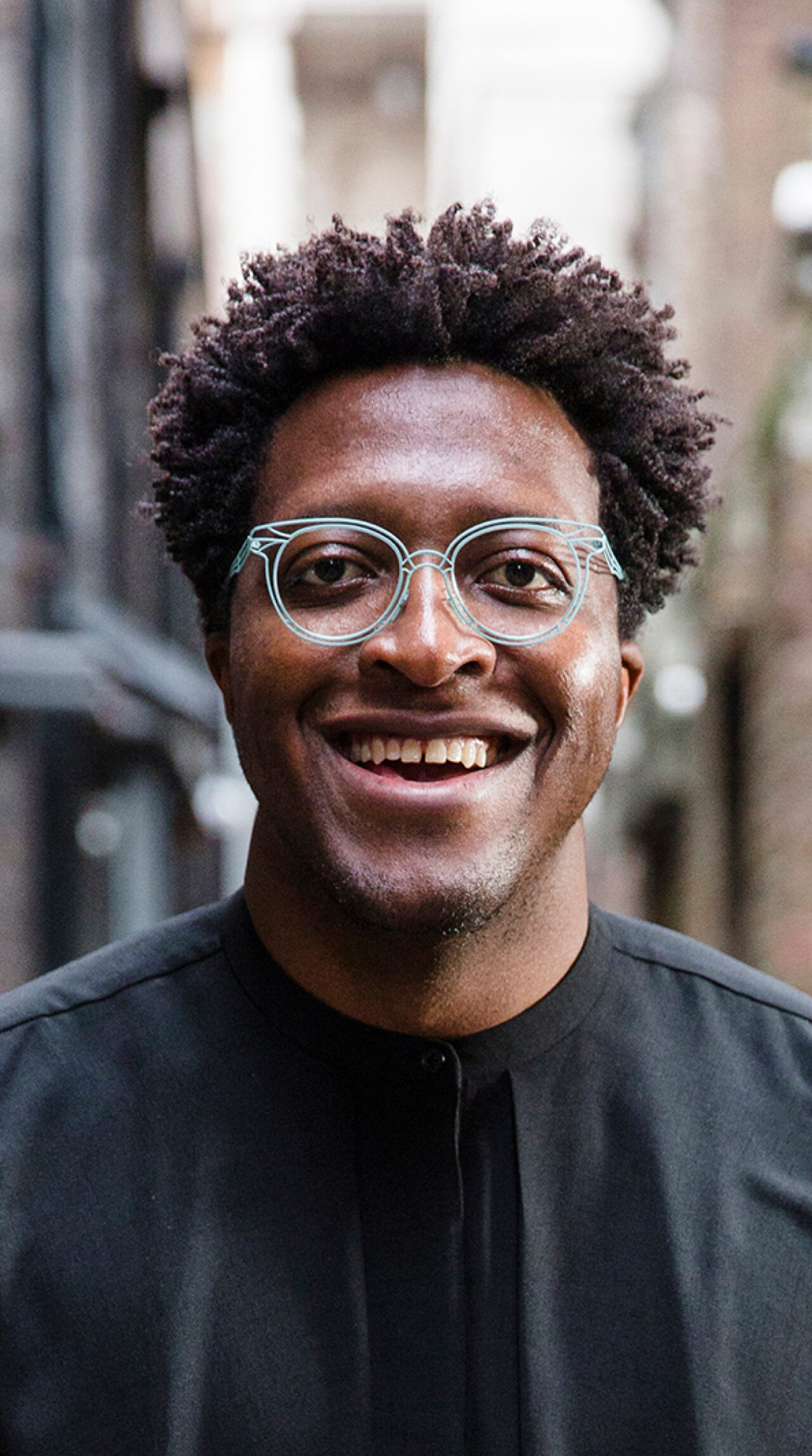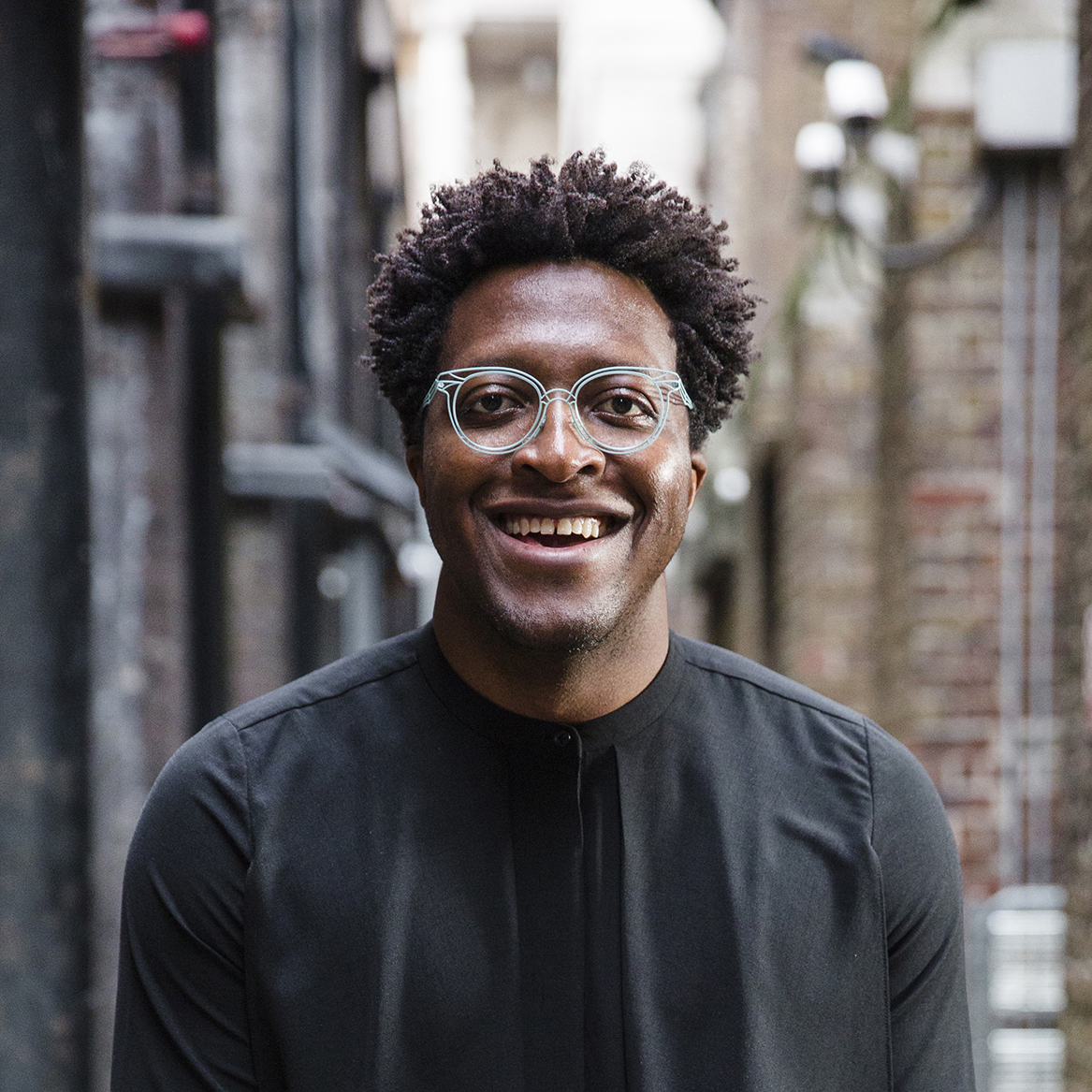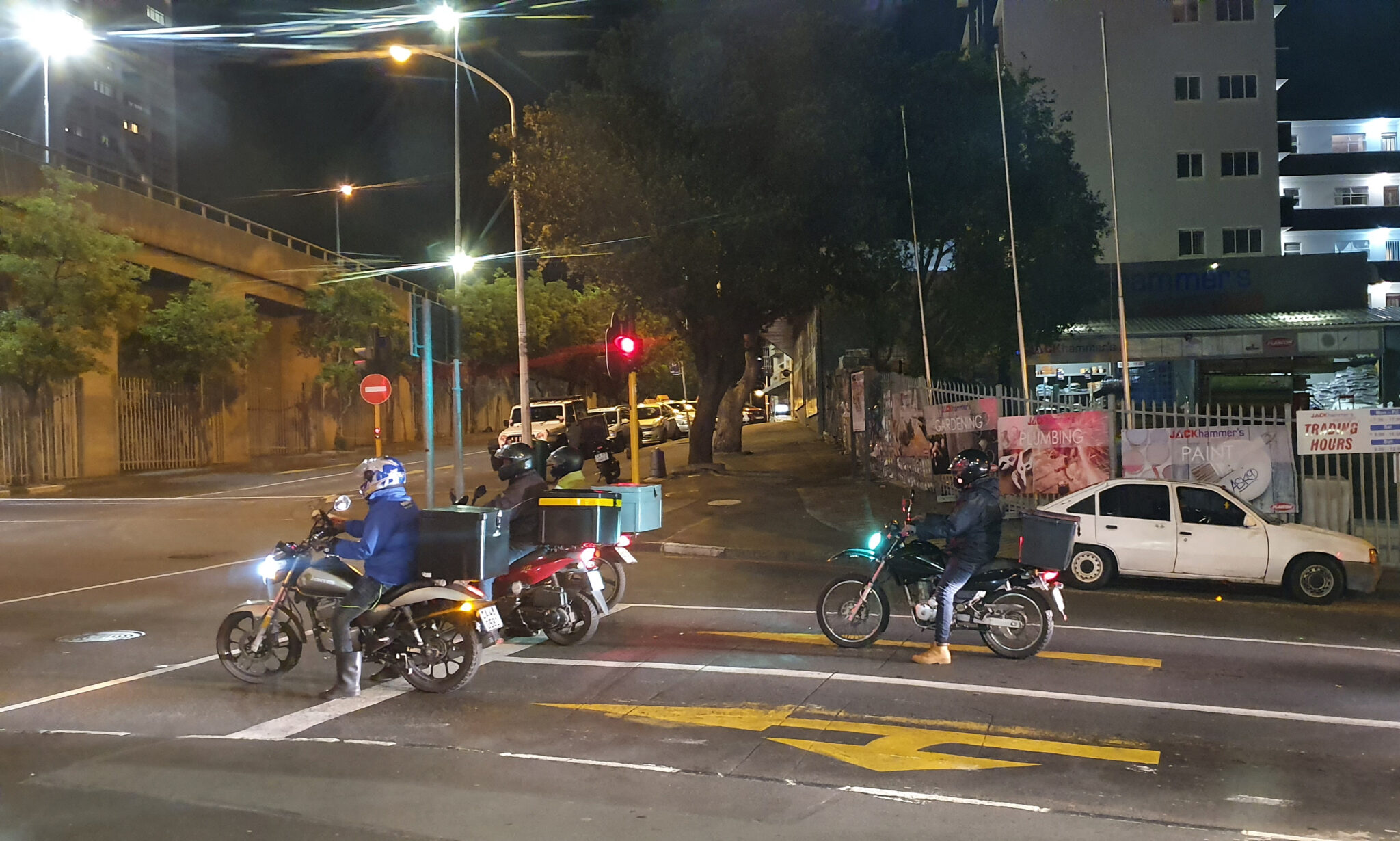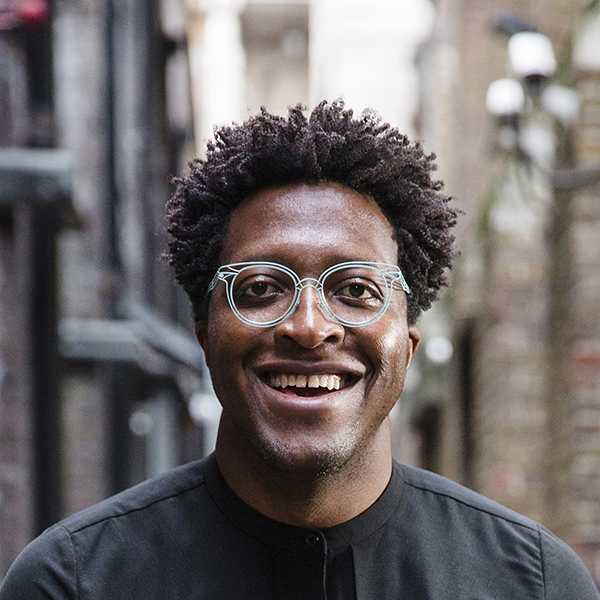How do you characterize the media you work in?
I suppose what it boils down to for me is that I’m following the journey of a line as best I can: on a surface, on a screen, on paper, on fabric, and so forth. My background is in architecture. The digital installation that I produced during the Rapid Response fellowship marked a turning point for me in expanding the media that I use; lately, I’ve been working more with video, too.
How does your practice engage with technology?
The Eyebeam fellowship came at a time when, as an architect, I was looking at the advent of the digital in built space, or how a relationship with technology can change physical space.
What was your focus during your time at Eyebeam?
I was thinking about spatial injustice experienced by digital platform workers in urban space, with an emphasis on motorcycle couriers and the food economies around them. In my research, I looked at the history of delivery motorcycles, from the first bicycle delivery from a co-op in the early 20th century in the United Kingdom to where we are now. I made drawings on draped fabrics that deconstructed my findings into discrete elements, which I exhibited at a villa in Frankfurt.




